Blog
Do induction cooktop mats decrease heating efficiency?
Customers need environmental friendly options for home appliances, one of the most important reason is energy efficiency, especially under the Europe’s energy crisis: How can consumers reduce their electricity bills in Kitchen?
In this blog, firstly we will break down the working principle of induction cooktops and traditional cookers, to determine which one is the best option for an eco-friendly kitchen.
Secondly, we will test whether the induction cooktop mats will affect the heating efficiency.
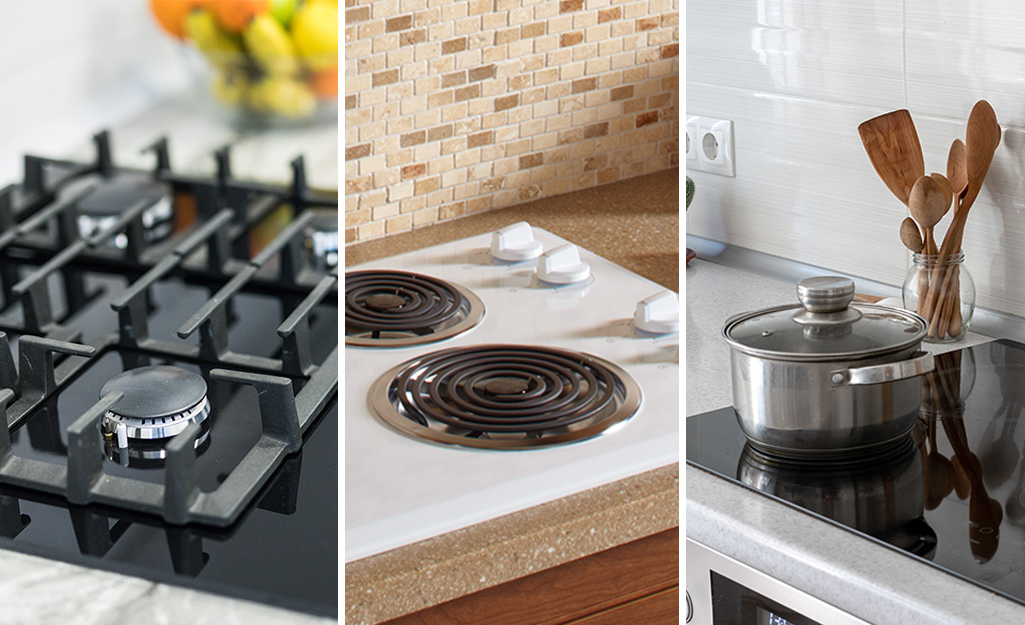
Induction cooktops working principle
Do induction cooktop mats decrease heating efficiency?Let me explain further.
Heat is produced through electromagnetic reaction between suitable cookware and the coiled copper underneath the hob surface. Here, suitable refers to magnetic induction compatible.
That is to say, if the pan can attract and hold a magnet, it is suitable for induction burners. This is an easy way to tell whether your cookware works on induction hobs. Usually, pans and pots which contain conducive, ferrous metal are induction-friendly. While aluminum or aluminum clad, copper or copper clad, aluminum foil, glass/ceramic and some stainless steel products cannot work on induction hobs.
As for traditional kitchen heating units like gas, ceramic and electric stoves, thermal conduction is how they produce heat to cook. In the cooking process, heat is transferred from the hotter end–the glass/ceramic surface of cooktops to the colder end–the cookware and food inside.
During the process, much heat is lost on the halfway to food, wasted in heating the hob tops and the air around. We can tell it if touching the tops after moving away the cookware even some time after cooking.
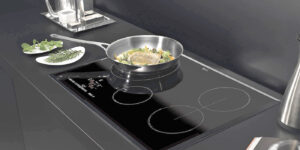
From the comparison of working principles, we can come to a conclusion that induction cooking is instant, more efficient and more flexible in controlling temperature.
Induction cooktop mats
Thus, due to the nature of electromagnetic reaction, when it comes to whether silicone induction protecting mats would affect the heating efficiency, the answer is definitely no.
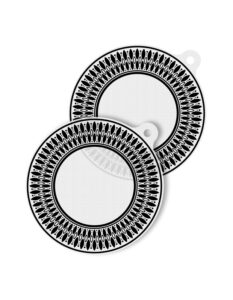
Just imagine the senario in which two magnets still stick to each other regardless of a silicone mat in between. The main variables of an induction hob’s energy efficiency usually include voltage, the coiled copper and cookware. Apart from the induction cooker itself, the factor which effects the speed and heat conduction rate is the bottom of the cookware. If it is not flat because of design or stain, the heating efficiency would decrease.
What’s more, we made a testing to check the heat efficiency, one is using the mat, the another is without the mat.
To conclude, induction cooktop mats don’t lower the heating efficiency of induction hobs because they are not magnetic compatible. In the opposite, they are helpful for more even heat distribution for they creating a flat, especially for those pans with uneven bottoms . It maximizes the contact between cookware and induction surface.
As a result, food receive evenly distributed heat. In fact, on top of remaining the high energy efficiency, the induction cooktop mats can also protect the glass top of hobs from extremely high temperature, extending their life spans. For further reading, please click the next blog




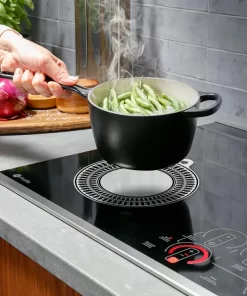
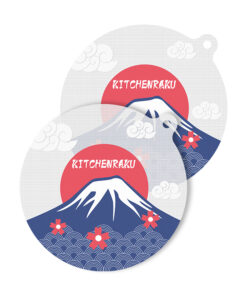

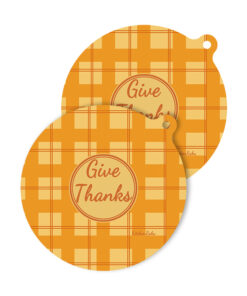

As a result, food receive evenly distributed heat. In fact, on top of remaining the high energy efficiency, the induction cooktop mats can also protect the glass top of hobs from extremely high temperature, extending their life spans.